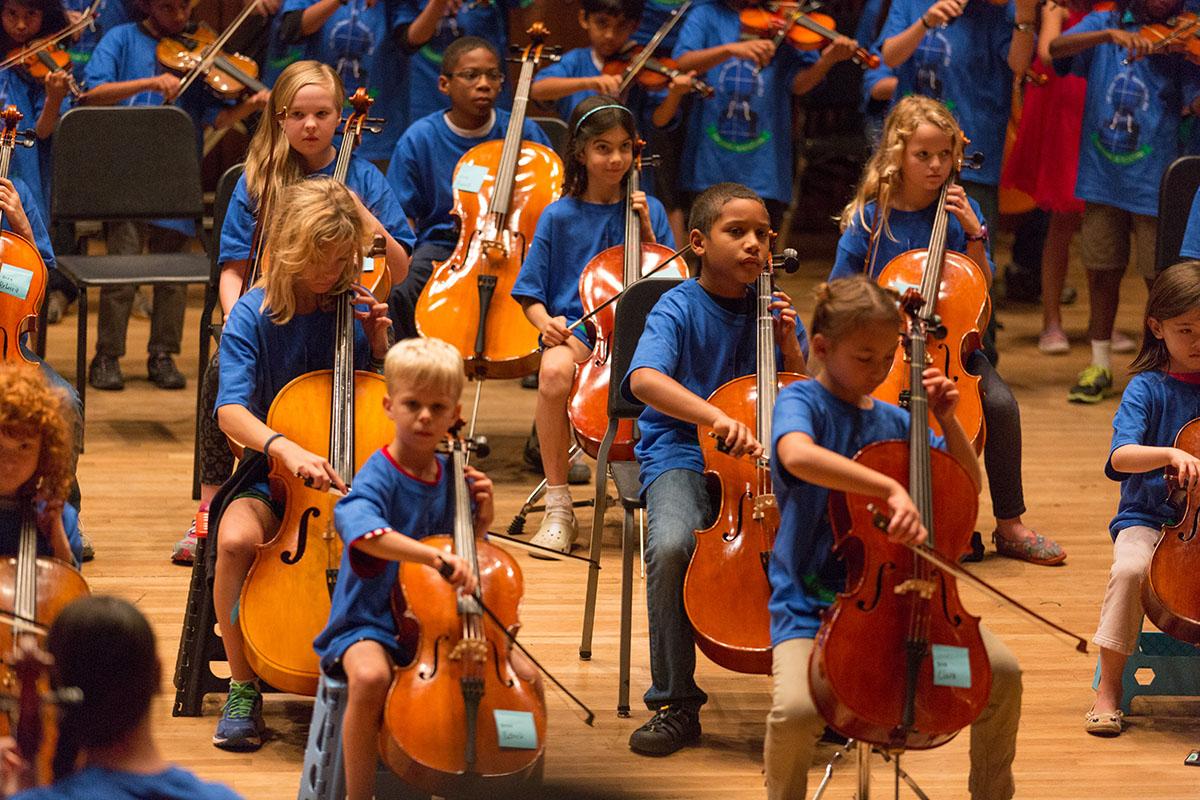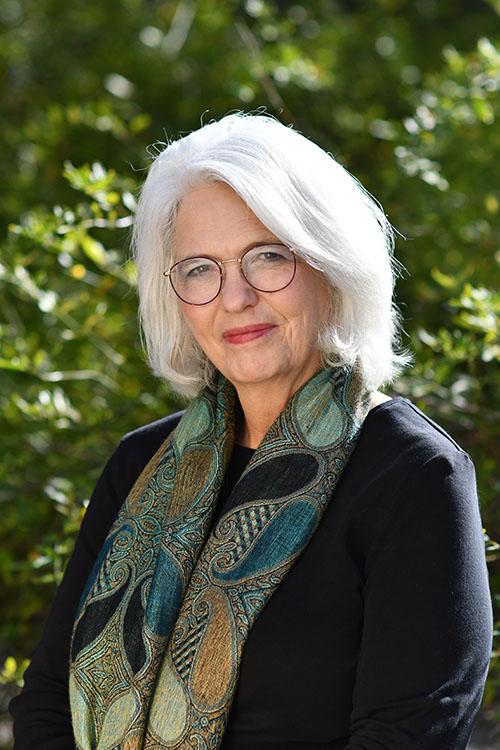
by Riane Roldan
The University of Texas String Project, a teacher training program renowned among musicians and educators from all over the world, celebrated its 75th anniversary this year. Since its inception, the String Project has served as a hub for string education. It has become one of the oldest and most revered projects in the country and a model for the power of early-education music programs.

“If you think about this program coming into 75 years — [that is] hundreds and hundreds of teachers, thousands of students — you know people overuse the word awesome, but the ripple effect of the UT String Project is awesome,” said Laurie Scott, director of the University of Texas String Project.
In April, the String Project hosted a 75th anniversary weekend that included an alumni concert, a reception and a gala concert with all 275 students and 30 UT student teachers in performance together. Highlights of the weekend included a cello choir performance dedicated to long-time former String Project director Phyllis Young and a performance of a commissioned work celebrating the anniversary.
Thousands of people are playing string instruments today because of the far-reaching effects of the University of Texas String Project. Many teachers who train with the String Project have gone on to become leaders in the string world, often founding, developing or expanding other String Projects across the country and around the world. Others have taught in universities and public schools, performed in orchestras, and established successful private studios.
In 1948 UT viola professor Albert Gillis and College of Fine Arts Dean William Doty joined forces to tackle a shortage of string teachers in the United States after World War II. Gillis served as the program’s first director until 1958.
Ezekiel Castro, a member of the inaugural String Project, is an example of an individual whose life was inspired by the UT String Project.
“When I picked up a violin for the first time at the age of 9 under the direction of Albert Gillis, I did not anticipate what a profound impact this simple action would have on my future,” Castro said.
After the String Project, he attended UT Austin, went on to become a public school music educator, and founded the first mariachi programs at Austin public schools — a career highlight that affected generations of students across an entire city. He was also a long-time director of the mariachi ensemble at the Butler School of Music.
The String Project has helped hundreds of graduate students obtain hands-on experience teaching students between the ages of 3 and 18.
“You get a chance to develop, oversee, and contribute to curriculum as you will do in the real world,” said Karla Hamelin, a senior lecturer of cello at Texas State University. Hamelin was a teacher in the String Project from 2003 to 2008.
But beyond classroom instruction, Scott said the legacy of the String Project is one of connectedness and community. Undergraduates leave UT with up to four years of teaching experience before they graduate, and graduate students gain valuable skills in mentoring, curriculum development and leadership. Every student’s degree is enhanced by the String Project, Scott said.
“When you join [the] String Project as a teacher, it doesn’t take you very long to figure out that this is something special,” Scott said. “We always say: once String Project, always String Project. You’re part of a community of teachers that [are] so connected from this experience. It just opens doors.”

